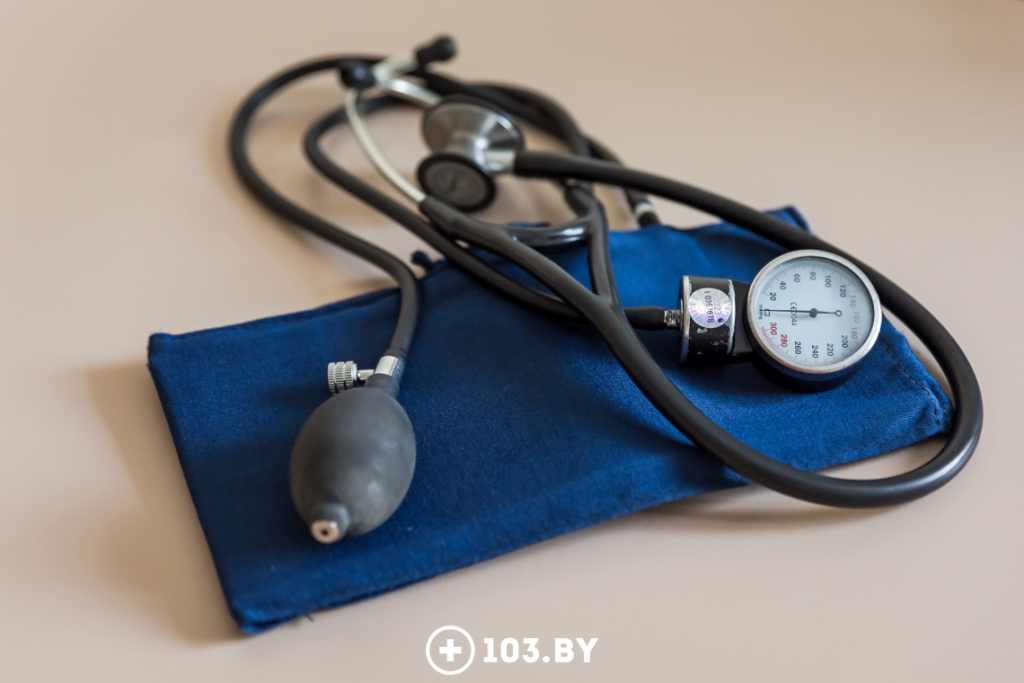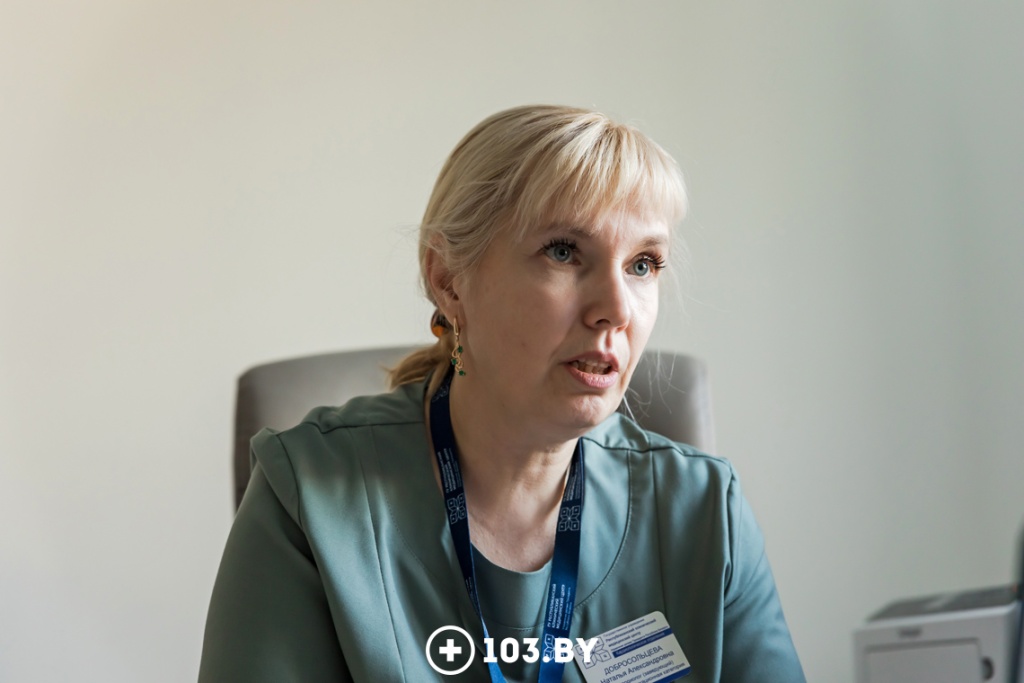
Heart disease has never claimed as many lives as it does today. Nearly 9 million people died from them in 2019. That's 2 million more than in 2000, the World Health Organization (WHO) reported.
Heart disease has been the leading cause of death worldwide for 20 years. So do not dismiss when the doctor pays attention to your cholesterol, weight, bad habits and advises you to undergo a cardiologic examination, at least a basic one. Natalia Dobrosoltseva, head of the cardiology department of the Regional Medical Center, will tell us who needs a basic and who needs an advanced one.

— Thanks to the development of medicine, we have begun to live longer, i.e. the population as a whole has aged, and this is one of the reasons for the increase in the incidence of cardiovascular diseases and, consequently, mortality from them. Socio-economic factors, urbanization, increased psycho-emotional stresses contribute to this. Our nutrition has changed, we began to move less, many people are overweight and have other bad habits: smoking, alcohol abuse. Therefore, unfortunately, circulatory diseases have recently become younger.
Most cases of cardiovascular disease are related to lifestyle and psycho-physiologic factors.

— Who needs to be extra attentive to their heart and blood vessels?
— There are risk factors for circulatory disease: modifiable, that is, those that can be worked on, and non-modifiable - biological.
The modifiable ones are:
- Overweight and the pattern of fat distribution in the body;
- smoking;
- unhealthy eating habits;
- alcohol use;
- lack of motor activity;
- exposure to stress;
- arterial hypertension;
- dyslipidemia (high cholesterol);
- diabetes mellitus.
Men who have at least one of these factors have a 3.5-fold increased risk of death at age 50-69. And the combination of several factors increases this risk by 5-7 times.
Risk factors we cannot influence (non-modifiable):
- Male gender (pre-menopausal women are well protected by estrogens against earlier circulatory changes);
- old age;
- genetic factors contributing to dyslipidemia, hypertension, glucose tolerance, diabetes mellitus, and obesity.
— For some people, examination of the cardiovascular system should begin as early as in childhood. If parents have heart and vascular diseases at a young age, then their children should start working with them already at the age of 5-6 years: do a lipidogram, ultrasound of the heart, blood vessels, start eliminating risk factors to prevent early development of circulatory system diseases.
If the heredity does not cause concerns, the person is not worried about anything, he has a good body mass index, he well tolerates physical activity, then the basic check-up of the heart and blood vessels is optimal to pass from 18 years once every 3 years, and from 40 years - annually (dispensary).

— What does a baseline cardiovascular exam include?
— A visit to your general practitioner is sufficient for a basic check-up:
- make a minimum set of tests: general blood analysis; general urine analysis; biochemical blood test, where the level of cholesterol (optimally lipidograms), glucose;
- measure weight, height (to calculate BMI), waist circumference;
- assess other significant risk factors: smoking, heredity;
- do an electrocardiogram;
- take a two-arm blood pressure.
If everything is in good order, the doctor will give recommendations on how to maintain a healthy lifestyle and recommend when to come back next time. In other words, at the age of 40, a person may not even see a cardiologist yet.
Cardiac ultrasound, stress testing, vascular ultrasound, etc. are not necessary for every person. They are already included in the complex of extended examination, which is prescribed by the doctor according to the indications.
It must be clearly understood that research is not a cure. You can have a thorough checkup even every 2 months, put all these conclusions in a nice folder, but it will not be of any use if your lifestyle does not change for the better.
According to WHO, human health is 50-55% dependent on lifestyle and social conditions, 20-22% - on genetic factors, 19-20% - on the environment, and only 7-10% - on the level of the health care system and the quality of medical care.

— Does it make sense to get a basic cardiac exam at a medical center without a doctor's consultation?
— In general, you can. Under the age of 40, a healthy person without well-known risk factors can independently perform general clinical tests, measure blood pressure, and calculate his or her body mass index. If everything is within the norm, you can do without specialized consultation, and turn to a specialist in healthy lifestyle (valeologist).
However, I still recommend seeing a doctor for a full evaluation. Even if all is well, the doctor will point out risk factors that can be worked on so that problems do not arise later. He can recommend the optimal amount of salt in the diet, suggest the most suitable type of physical activity for the patient, its volume. After all, not all exercise is useful, some can be harmful to a particular person. And I am not talking about professional athletes. For example, one person can use barbells and heavy dumbbells, while another person cannot. Our blood vessels and heart like mainly dynamic physical activity.
Not all people can correctly evaluate the results of tests for themselves. For example, cholesterol of 5.5 mmol/L is a conditional norm. If a person has certain risk factors, comorbidities, including even initial arterial hypertension, the target for him will be lower cholesterol values. And the doctor can advise this person to undergo a more extensive examination.In addition, the recommendations will be different for a non-smoking man who is not overweight and walks at least half an hour a day, and a smoking man with a waist circumference of 100 cm. I remind you that adipose tissue is hormonally active tissue, not just a "big belly".

— In which case does the general practitioner already refer to a cardiologist and prescribe a more extensive examination?
— If a general practitioner identifies symptoms of cardiac disease in a patient.
For example, a patient has high blood pressure. He is referred for more in-depth studies to identify the cause, exclude symptomatic arterial hypertension: ultrasound of the heart, brachiocephalic vessels, kidneys/adrenal glands, a wider range of laboratory parameters.
There are also more specific methods of examination of cardiac patients:
- Ultrasound of renal arteries;
- 24-hour electrocardiogram monitoring;
- 24-hour blood pressure monitoring;
- stress testing;
- MRI/RCT of heart and vessels, brain;
- radioisotope methods: myocardial and renal scintigraphy;
- invasive methods (with entering inside the vessels and heart): aortocoronary angiography (during this procedure the vessels that supply blood to the heart are already subjectively examined), arteriography, endocardial electrophysiological study to verify and determine the localization of the source of arrhythmia, etc.
Such methods are used only for certain indications and prescribed by a doctor.

— What do these tests show? What are they prescribed for?
— For example, cardiac ultrasound shows the anatomy of the heart, helps to assess contractile function, the size of different parts of the heart and the functioning of the valves.
Ultrasound of the brachiocephalic vessels (blood supplying the head) allows us to measure the thickness of the inner layer of the vessel. That is, we can fix the predisposition and detect signs of both initial atherosclerosis and plaque formation, including determining the level and percentage of stenosis of vessels.
To detect myocardial ischemia (insufficient blood supply), stress testing is performed: treadmill test (the patient walks on a special track), bicycle ergometry (pedals a bicycle), stress echocardiography (ultrasound of the heart is additionally performed during exercise). The patient is given a physical or pharmacological load to see how the heart reacts to it.
There are studies that allow visualization of electrocardiogram both in recording (Holter ECG monitoring) and in real time (portable Wi-Fi-enabled ECG transmitters to the doctor's work monitor speed up the selection of antiarrhythmic therapy).
There are a lot of researches now, but for all narrow-profile methods there are their indications and contraindications.
—Where to go to get a cardiac check-up?
— Basic examinations can be done at any polyclinic. Advanced examinations are, of course, performed in more specialized medical institutions.
Practically all types of highly specialized cardiac and vascular examinations are available on the basis of republican institutions. However, as we noted earlier, all of them are performed strictly on the basis of indications and referral from a doctor.
Talked: Christina Goloviychuk
Photo: Elena Gordeychik
103.by



